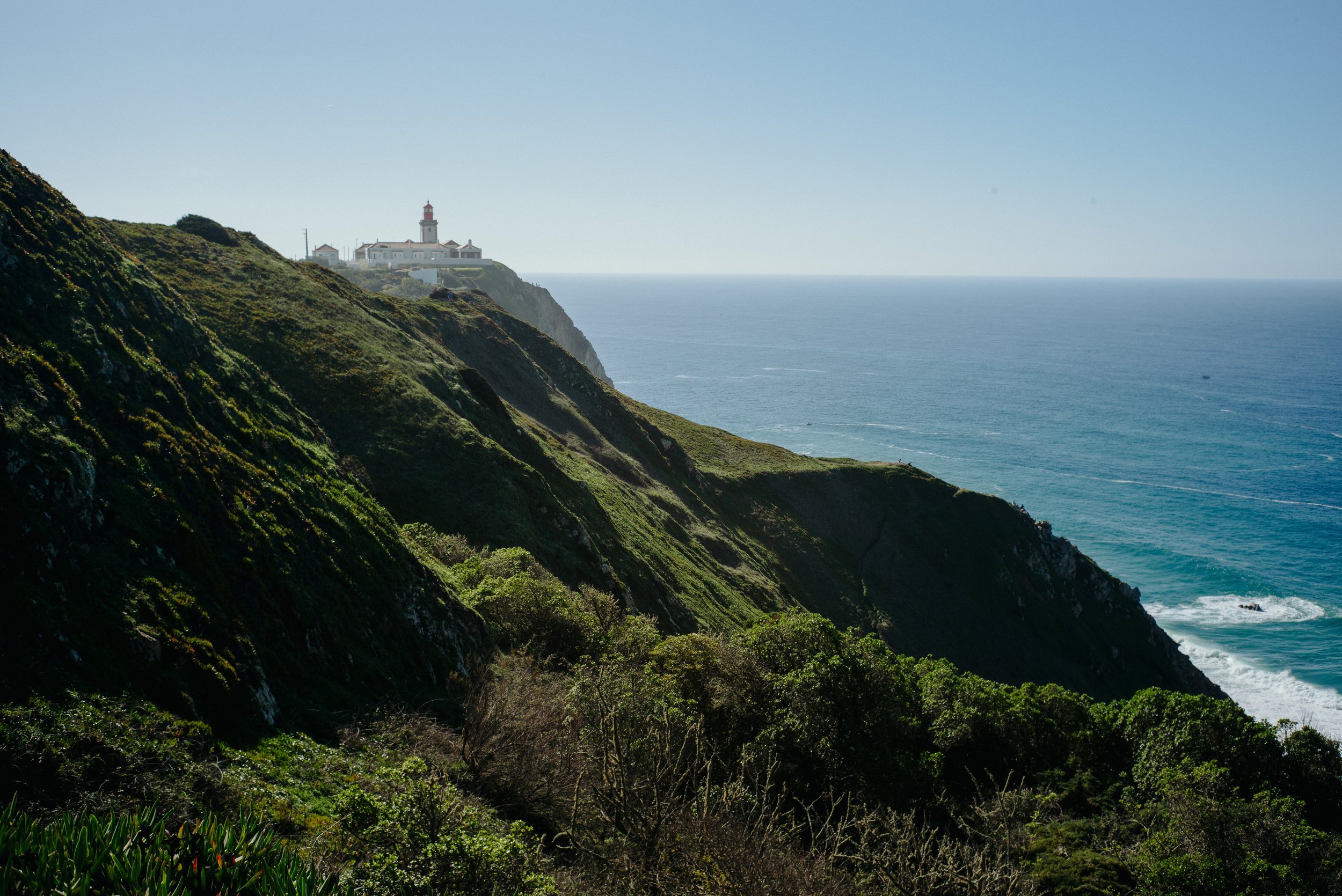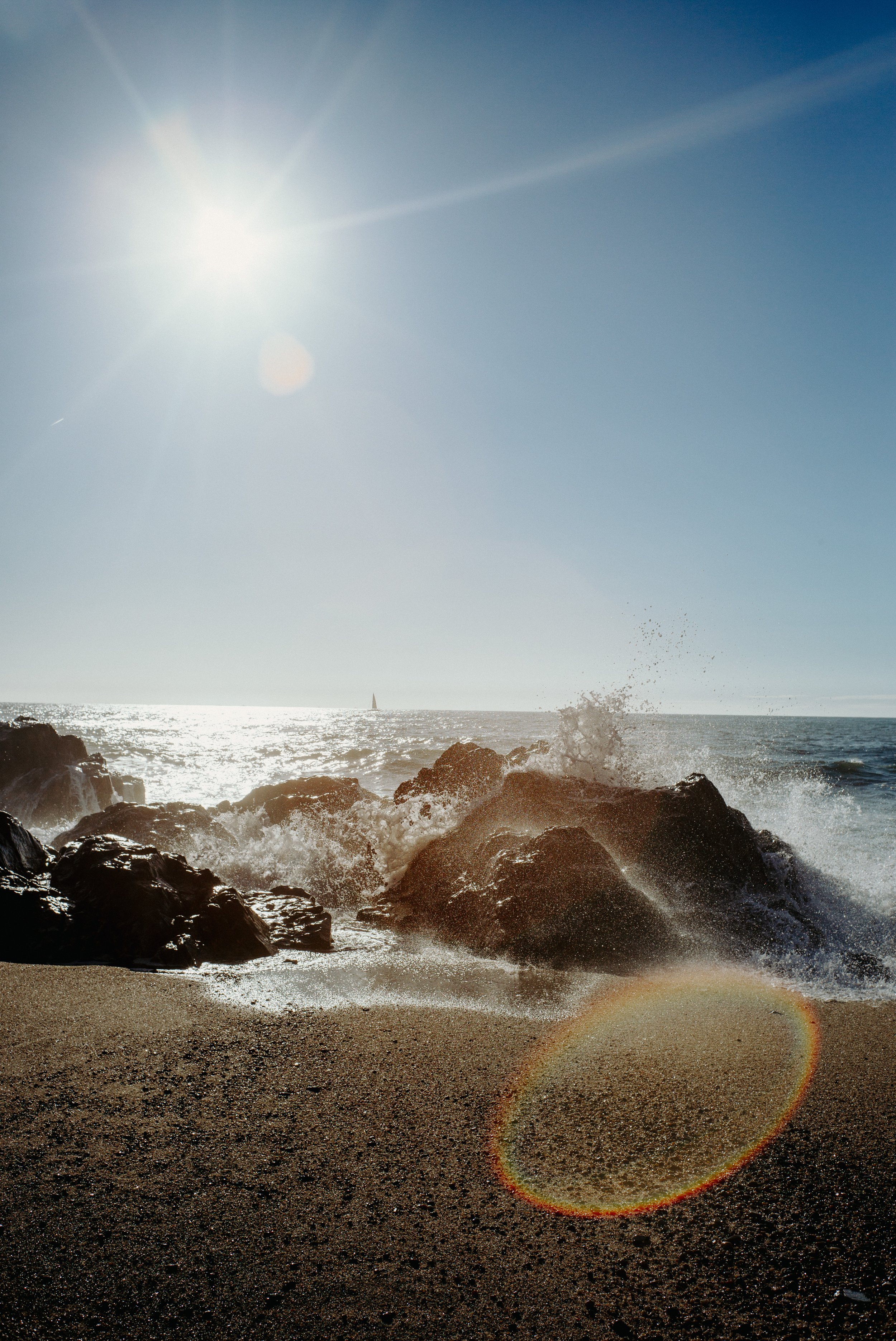Leica M240 Review
The Leica M
The Leica M is a legendary rangefinder camera known for its impeccable build quality, compact size, and stunning image quality. Leica M, has for decades captured key moments in history through the lenses of renowned photojournalists and street photographers. The high-end Leica M delivers an exceptional photography experience with classic design and peerless engineering. It maintains the iconic aesthetics and manual controls of traditional M cameras.
For photographers who value the tactile experience of a precision instrument and sublime images above all else, the Leica M stands in a class of its own. Its timeless form and peerless functionality offer an unparalleled creative experience at the expense of flexibility. Whether as an upgrade to a film M camera or first foray into the system, the digital M is a milestone achievement worth the premium for those who can afford the unmatched craftsmanship and performance.
The Leica M Typ 240
Bottom Line Up Front: This is a keeper and a proper shooter’s camera!
The Leica M Typ 240 was released after the M9 in September 2012. This makes the camera over 10 years old. The Leica M Typ 240 features numerous improvements over its predecessor, the M9. In addition to a new 24 megapixel CMOS sensor that offers higher resolution and better high ISO performance, the M240 also has Live View, video recording, and an enlarged monitor. Despite these advanced features, the camera retains the compact (not), classic form and traditional operation that the Leica M series is known for. The M240 represents the pinnacle of rangefinder photography, enabling an authentic manual shooting experience and sublime image quality at the cost of flexibility. Whether as an upgrade from film or entry into the system, the M240 is a milestone achievement for Leica that pays homage to the past while embracing the present.
Here is my experience after shooting two of it’s digital predecessors, the M8 and M9, extensively.
M9 vs M240 vs M10
Firstly, lets talk price. You can buy a Leica M240 for about 2.5k - 3.5k EUR (2023 prices). It should be about the same in USD, thanks to the inflation! The M9 has become the holy grail of full frame CCD M camera and the prices has skyrocketed in the recent times. Be prepared to pay at least 2.2k and above for a used M9 with sensor replacement. I have seen some mint looking M9s go for about 3.5k on eBay. M10s on the other hand are starting at 4k on upper side of the upgrade. You know where I am going with this. M240 hits the sweet spot of value for money. The image quality is basically the same as M10 with 24MP. There is at least one YouTube video where a guy does compare the files.
Size and Weight
The size and weight are definitely noticeable after using the M8 and M9. The Leica M240 has a machined brass top and base plate that gives it an incredibly solid feel while also adding to its premium aesthetic. At 680g, it has a nice heft that feels substantial in the hands without being too heavy. Its compact rangefinder body is 139 x 42 x 80mm in size, enabling it to be carried discreetly on a strap or in a bag. While not as svelte as a film M camera, the additional bulk of the M240 accommodates its more advanced features while retaining the iconic silhouette of the M system.
Battery
It’s huge! A friend of mine who also owns the M240, calls it the “Atomreaktor”. The Leica M240 is powered by a 1800 mAh lithium-ion battery that provides sufficient capacity for a full day of shooting. While the battery life may be shorter than a DSLR, the rangefinder shooting experience encourages a slower, more deliberate approach that is less demanding on power. The included charger fully replenishes the battery in 2-3 hours, while an optional second battery enables extended outings or use of power-hungry accessories like the Leica Electronic Viewfinder (EVF).
Viewfinder
The Leica M240 features a rangefinder viewfinder that provides a 0.68x magnification and bright, high-contrast viewing for precise manual focusing and composition. The viewfinder is a key advantage of the rangefinder system, enabling photographers to see outside the frame so that they may anticipate the decisive moment. This, combined with the tactile experience of the M240's manual controls, results in a uniquely immersive shooting experience that feels like an extension of the eye.
Rear LCD
You can do more than change settings unlike the M9. The LCD is actually bigger and brighter compared to M8 and M9. The Leica M240 features a 3-inch rear LCD with 920k dots of resolution. While minimalist in design, the display provides a crisp, detailed view of images during playback and when shooting in Live View mode. The fixed LCD limits viewing angles, but complements the pared-back aesthetic and tactile operation of the M system.
CMOS vs CCD
The Leica M Typ 240 features a new full-frame CMOS sensor that offers significant advantages over the CCD sensor of the M9. CMOS technology uses a grid of photodiodes and transistors to convert light into an electronic signal more efficiently than CCD sensors. This enables higher resolution, better high ISO performance, faster readout speeds, and additional features like live view and video. The M240's CMOS sensor delivers 24 megapixels of resolution, enabling large prints with exceptional detail, as well as cleaner images at high sensitivities up to ISO 6400. While CMOS sensors were once regarded as inferior in image quality to CCDs, advances in technology have enabled CMOS to match or exceed CCD performance while offering additional benefits. The move to CMOS in the M240 represents Leica embracing the latest innovations to advance the rangefinder experience.
Colour
The Leica M240 produces images with rich, vibrant colors and pleasing contrast. Its CMOS sensor delivers a wide dynamic range with nuanced tones that provide a film-like quality. The color signature of Leica M cameras is renowned for its fidelity to the scene, enabling stunning reproductions of light and atmosphere. When processed carefully, images from the M240 exhibit colors with a three-dimensional quality and lifelike warmth straight from the camera.
Shutter Sound
The shutter sound of the Leica M240 is near-silent, with a soft, well-dampened click that is reminiscent of an analog Leica M camera. This discreet shutter complements the rangefinder shooting experience and allows the photographer to remain unobtrusive, which is ideal for street and documentary photography.
Looks
The Leica M240 has a classic yet understated design with clean lines that draw attention to its craftsmanship and full-frame sensor. Its rangefinder is a feat of precision engineering that provides an exceptionally bright, high-contrast viewfinder experience. From its solid-brass top plate to shutter release, each control has a quality feel that delivers the tactile pleasure of a precision instrument. Overall, the M240's elegant aesthetic and peerless build make it a masterclass in form and function.
Conclusion
The Leica M240 has developed a cult following among photographers who appreciate its understated yet iconic design and the unparalleled shooting experience of a precision rangefinder. While the Leica M system is a niche, its enduring popularity is a testament to the pleasures of masterful engineering and craftsmanship. For worshippers of the Leica M, the rangefinder experience it provides is unmatched. The bright, high-contrast viewfinder enables fast and precise focusing, while framing lines help visualize composition with different focal lengths. The solid brass body has a quality heft and feel, with controls that deliver a tactile pleasure. Each element is tailored to serve the creative process, inviting a slower, more deliberate approach. This results in images with a unique depth, warmth, and atmosphere that pays homage to the legacy of Leica's analog rangefinders.
Though the Leica M240 embraces modern performance with its CMOS sensor, for traditionalists it retains the iconic silhouette and manual controls of the M system. The M240 is an homage to its analog predecessors that offers the benefits of digital, achieving a balance of form and function that lets photographers work with the medium, rather than against it. While the Leica M system is niche, for devotees its understated yet stunning design and unrivalled shooting experience make it far more than the sum of its parts. The Leica M cult following will continue to treasure this milestone that delivers the pleasures of a precision instrument and peerless images.
























